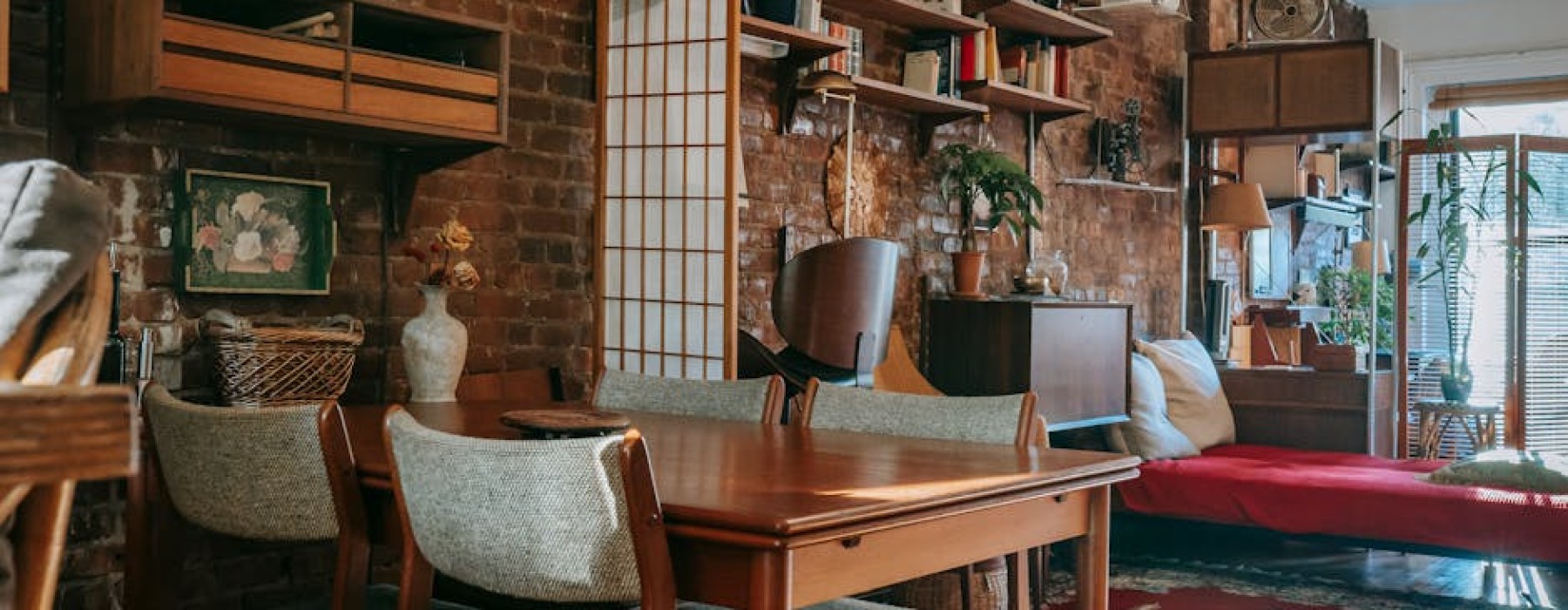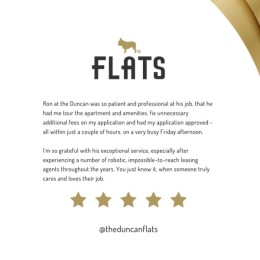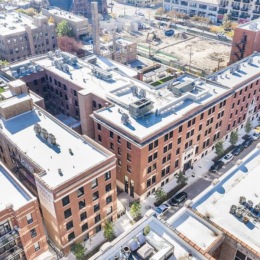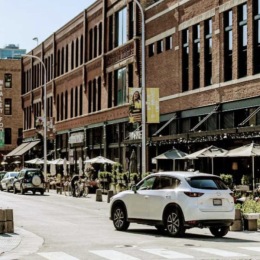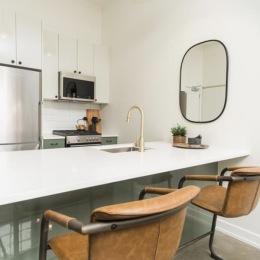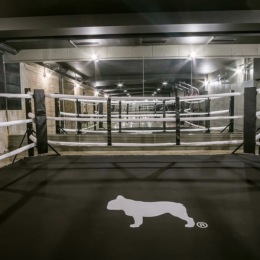Loft Style Apartments Explained – Open Spaces, Endless Possibilities
The Allure of Open-Concept Living
Loft style apartments represent a unique approach to urban living that transforms industrial spaces into modern homes. These distinctive living spaces feature expansive open floor plans, soaring ceilings, and an industrial-chic aesthetic that has captivated city dwellers for decades.
What defines a loft style apartment:
- Open floor plans with minimal interior walls
- High ceilings typically 10+ feet tall
- Large windows that flood spaces with natural light
- Exposed elements like brick walls, beams, or ductwork
- Industrial origins from converted warehouses or factories
- Flexible layouts that adapt to your lifestyle needs
Originally pioneered by artists in 1960s New York City who converted abandoned warehouses into live-work spaces, loft apartments have evolved into sought-after urban residences. Today's loft dwellers are drawn to the creative freedom these spaces offer - whether you're hosting dinner parties, setting up a home office, or simply enjoying the airy feel of uninterrupted space.
The appeal goes beyond just square footage. Loft living offers a blank canvas where you can design your ideal home without the constraints of traditional room divisions. The combination of historic character and modern convenience creates living spaces that feel both timeless and contemporary.
Whether you're considering a "hard loft" converted from an original industrial building or a "soft loft" designed with modern construction, these apartments offer something traditional spaces simply cannot match: endless possibilities within open, light-filled environments.
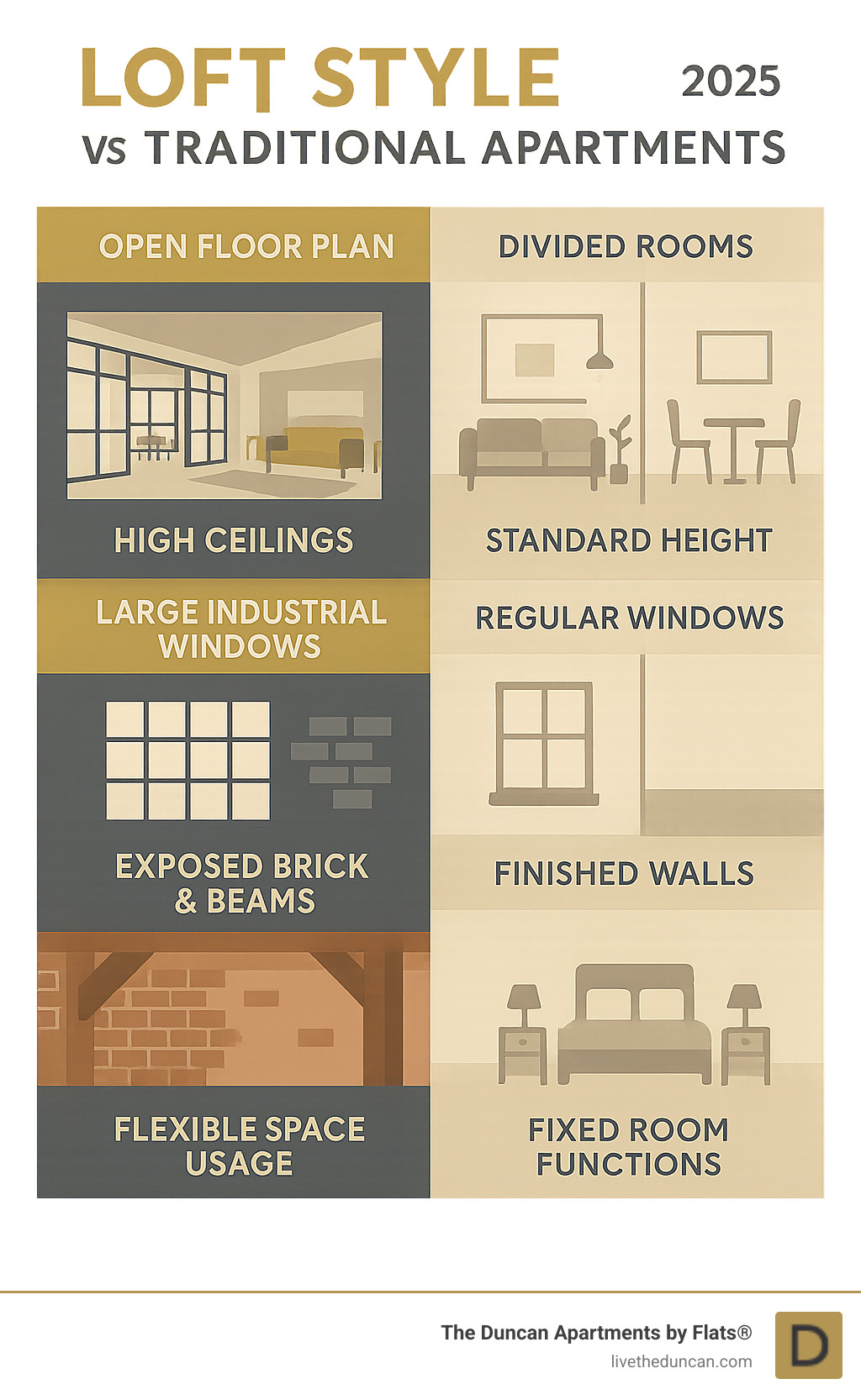
What Are the Defining Characteristics of a Loft Apartment?
When you step into loft style apartments, you're entering a world that breaks all the traditional rules of home design. These spaces tell a story - one that began in old factories and warehouses, where wide-open floors were built for machinery, not living rooms. Today, that industrial DNA creates something truly special: homes that feel more like personal art galleries than typical apartments.
The magic of loft living lies in how these spaces refuse to be boxed in by conventional apartment layouts. Instead of walking through a narrow hallway into separate, defined rooms, you're greeted by expansive areas that flow together like one continuous canvas. This isn't just about having more space - it's about having space that adapts to your life, rather than forcing your life to adapt to rigid room divisions.
Open-Concept Layouts
The heart of any loft style apartment beats with its open-concept design. Picture walking into your home and seeing your entire living space spread out before you - kitchen island conversations flowing seamlessly into living room gatherings, with sleeping areas that feel integrated rather than hidden away.
This approach to space means minimal interior walls create maximum flexibility. You might use a beautiful bookshelf to separate your home office from your dining area, or position a cozy sofa to define your living space without blocking the natural flow. The combined kitchen, living, and sleeping areas don't feel cramped because they're designed to work together as one cohesive environment.
What makes this layout truly shine is how it grows with your needs. Hosting a dinner party? Your entire loft becomes the entertainment space. Working from home? Transform a corner near those big windows into your office. The versatile furniture arrangement possibilities mean your home can reinvent itself as often as you do.
Soaring Ceilings and Oversized Windows
Nothing quite prepares you for the feeling of walking into a loft with high ceilings that stretch 10, 12, or even 15 feet above your head. These soaring spaces don't just look impressive - they completely change how a home feels. The air moves differently. Sound travels differently. Even your morning coffee tastes better when you're sipping it in a space that feels this grand.
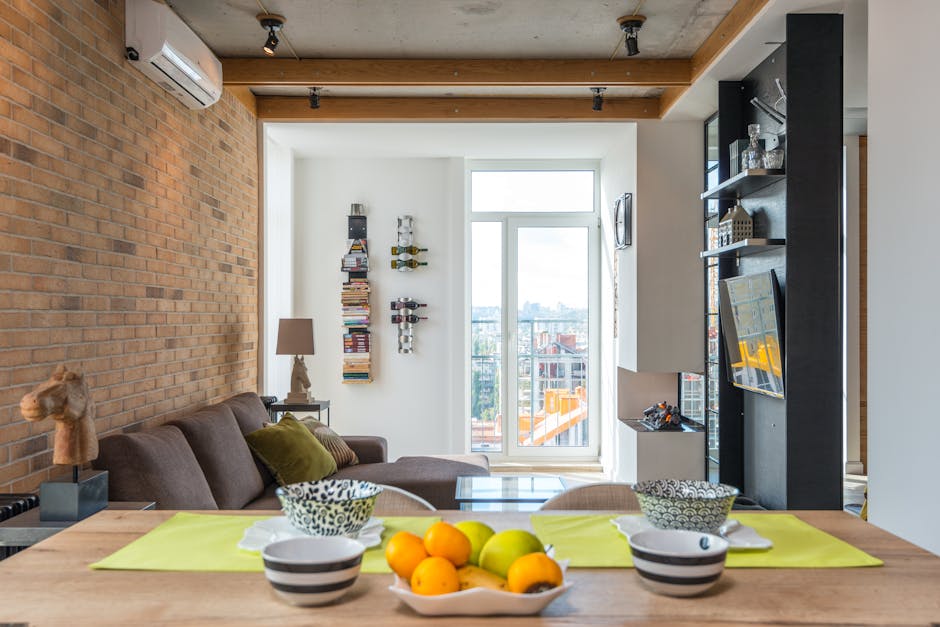
Those large windows aren't just architectural features - they're your connection to the city's energy. Often stretching from floor to ceiling in true factory style, these oversized panes flood your home with abundant sunlight that would make a traditional apartment jealous. The natural light doesn't just brighten your space; it brings it to life, highlighting exposed brick textures and casting interesting shadows that change throughout the day.
This combination creates what designers call architectural interest - spaces that are beautiful even when empty, because the bones of the building do the decorating for you.
Industrial and Raw Elements
The most authentic loft apartments wear their history proudly. Those exposed brick walls aren't trying to look rustic - they're the real deal, often over a century old and built to last. Running your hand along their surface connects you to the generations of workers who once filled these spaces with the hum of industry.
Visible ductwork and metal beams might sound unfinished to some, but loft dwellers know better. These elements add character that no amount of drywall can replicate. The concrete or original hardwood floors beneath your feet have stories to tell - some polished to a modern shine, others maintaining their weathered charm.
This celebration of raw, industrial elements creates spaces that feel both historic and thoroughly modern. It's architecture that doesn't hide its past but transforms it into something beautiful and livable. View our photo gallery to see how these authentic details create homes with genuine soul.
The beauty of loft living lies in how these defining characteristics work together. The open layouts showcase those soaring ceilings, while the industrial elements add warmth to what could otherwise feel too vast. It's a perfect balance of space, light, and character that traditional apartments simply can't match.
More info about our apartment layouts to find how modern loft design can transform your daily living experience.
The Pros and Considerations of Loft Living
Choosing to live in a loft style apartment is a lifestyle decision that comes with a distinct set of advantages and a few considerations to keep in mind. Think of it as weighing the charm of wide-open spaces against the practicalities of daily living.
| Advantages of Loft Living | Potential Considerations for Loft Living |
|---|---|
| Creative freedom for interior design | Lack of traditional privacy (especially with roommates) |
| Ample space for entertaining and hobbies | Greater energy consumption for heating and cooling |
| Unique character and historic charm | Potential for increased noise levels and echo |
| Abundant natural light from oversized windows | Limited built-in storage solutions |
| Adaptable for home offices and live/work arrangements | Fewer traditional apartment amenities in older conversions |
| Located in vibrant urban areas | Can be challenging to heat/cool evenly |
Advantages of a Loft Lifestyle
The creative freedom that comes with loft living is truly remarkable. Without traditional walls dictating where your living room ends and your bedroom begins, you become the architect of your own space. Want to rearrange your entire layout for a dinner party? No problem. Need to create a temporary home office for a big project? The open floor plan makes it effortless.
This ample space for entertaining transforms social gatherings into memorable experiences. Your friends won't be cramped around a tiny kitchen island – they can flow naturally throughout the space, creating that perfect party atmosphere where conversations happen organically.
Many loft style apartments carry a unique character and history that simply can't be replicated in modern construction. Living in a converted warehouse means your morning coffee happens in a space that once housed busy industry. Those exposed brick walls and original hardwood floors tell stories that add depth and personality to your daily routine.
The excellent natural light from those oversized windows does more than just brighten your space – it transforms it. Waking up to sunlight streaming across polished concrete floors creates an energizing start to your day. This abundance of light also creates a connection to the outside world that smaller windows simply can't provide.
For professionals, the adaptable nature of lofts makes them perfect for home offices or creative studios. Whether you're a freelancer who needs space to spread out or an artist requiring room for projects, lofts accommodate work-from-home lifestyles beautifully.
Potential Considerations for Loft Style Apartments
The openness that defines loft style apartments can present some challenges, particularly around privacy. Sound travels freely in open spaces, so late-night phone calls or early morning routines become shared experiences with roommates. Creative solutions like stylish room dividers or strategically placed bookshelves can help, but they won't match the sound barrier of a solid wall.
Energy consumption can be a consideration in loft living. Those soaring ceilings and large windows that create such dramatic spaces also mean more air to heat and cool. Older conversions might have windows that aren't as energy-efficient as modern alternatives, which can affect temperature consistency throughout the year.
The hard surfaces and open layouts that give lofts their industrial charm can also create potential for noise issues. Conversations echo, footsteps carry, and street sounds from those large windows might be more noticeable. Adding soft furnishings like area rugs, upholstered furniture, and wall hangings can help absorb sound. For more comprehensive solutions, consider exploring Tips for soundproofing your space.
Limited storage is another reality of loft living. Unlike traditional apartments with multiple closets throughout, lofts often feature minimal built-in storage. This means getting creative with storage solutions – think stylish wardrobes, under-bed storage, and multi-functional furniture that serves double duty.
Despite these considerations, many find that the unique charm and flexibility of loft living far outweigh any challenges. The key is understanding what you're signing up for and planning accordingly.
The History and Evolution of Loft Style Apartments
The story of loft style apartments is a fascinating tale of urban change and creative ingenuity. These distinctive living spaces didn't emerge overnight – they represent a remarkable journey from abandoned industrial buildings to some of the most coveted residential addresses in major cities.
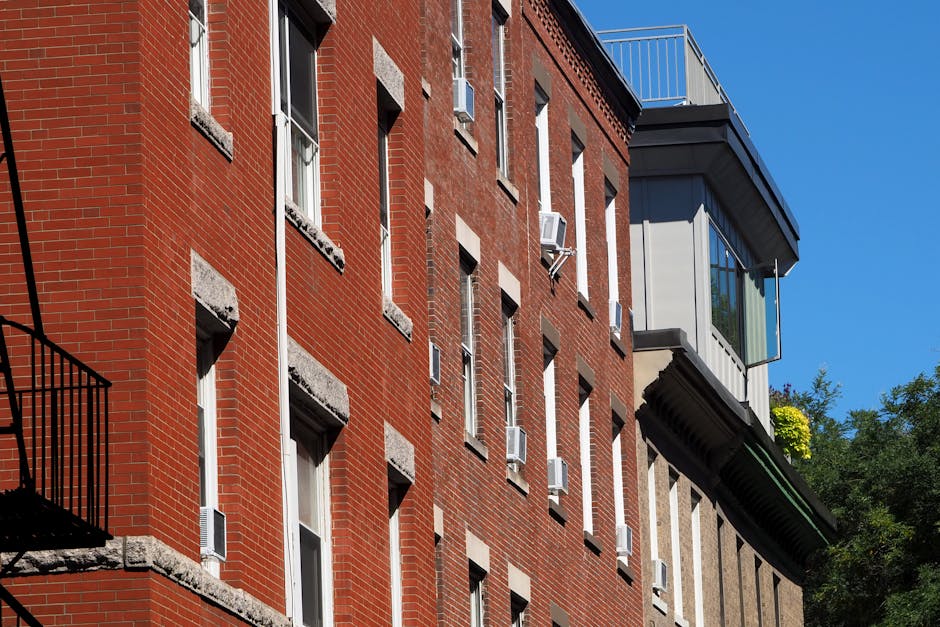
This change represents one of the most successful examples of adaptive reuse in modern urban development. When manufacturing began leaving city centers, these massive industrial structures could have been demolished. Instead, creative minds saw potential in their soaring spaces and flooded-with-light interiors. This urban renewal movement not only preserved important architectural heritage but also revitalized entire neighborhoods that had been left behind by industrial decline.
From Factories to Fashionable Homes
The birth of loft style apartments began with artistic vision in 1960s New York City. As factories and warehouses sat empty after manufacturing moved elsewhere, artists found these abandoned spaces offered something precious: vast, open areas perfect for creating large-scale artwork.
These pioneering artist communities moved into buildings that were never designed for residential living. Picture painters setting up easels in former textile factories, sculptors working with natural light streaming through enormous industrial windows, and musicians rehearsing in spaces where machinery once hummed. The raw, unfinished aesthetic wasn't a design choice – it was simply what these buildings offered.
What started as an informal arrangement eventually gained legal recognition. New York's "Loft Law" legitimized these living situations, establishing safety standards while protecting the tenants who had breathed new life into forgotten neighborhoods like SoHo and Tribeca. This legislation marked a turning point, changing what had been a grassroots movement into an officially recognized housing option.
The preservation of historic architecture became a celebrated aspect of these conversions. Rather than hiding the industrial past, residents and developers learned to showcase the exposed brick walls, original timber beams, and massive factory windows that told the story of the building's former life. This approach honored the craftsmanship of earlier eras while creating something entirely new.
For a deeper dive into this fascinating journey, you can explore A brief history of lofts.
The Modern Loft: Hard vs. Soft Lofts
As loft living gained popularity, the concept evolved beyond simple conversions. Today's loft style apartments fall into two distinct categories that reflect different approaches to achieving that coveted industrial-chic aesthetic.
Hard lofts are the original article – authentic conversions of warehouses and commercial buildings that maintain their industrial DNA. When you step into a hard loft, you're experiencing a genuine piece of history. The exposed brick isn't decorative; it's the original factory wall. The visible ductwork actually carries air through the building, and those metal beams once supported heavy machinery. These spaces come with character that can't be manufactured, though they might also come with quirks like irregular layouts or vintage plumbing.
Soft lofts represent the evolving design trends that bring loft aesthetics to modern construction. These newer buildings capture the open, airy feel of traditional lofts while incorporating contemporary conveniences. The exposed brick might be decorative, and the ductwork could be designed for visual appeal rather than pure function. Soft lofts offer the best of both worlds: the coveted loft lifestyle with modern amenities like efficient heating systems, sound insulation, and standardized layouts.
Both types reflect the enduring appeal of open, flexible living spaces. Whether you choose the authentic history of a hard loft or the refined comfort of a soft loft, you're participating in a housing evolution that transformed how we think about urban living. This movement proved that the past and present can coexist beautifully, creating homes that are both functional and inspiring.
Is a Loft Apartment Right for You?
Deciding whether a loft style apartment suits your lifestyle goes beyond falling in love with those stunning high ceilings and exposed brick walls. The real question is whether the unique characteristics of loft living mesh with how you actually live, work, and relax every day.
Who is Drawn to Loft Living?
Creatives and artists often find themselves magnetically drawn to loft living, and it's easy to see why. The expansive open spaces provide the perfect canvas for large-scale artwork, photography studios, or music practice. That flood of natural light streaming through oversized windows? It's like having a professional lighting setup built right into your home.
Professionals, especially those working remotely, find that lofts offer something traditional apartments simply can't match. The ability to carve out a dedicated office space without feeling cramped is invaluable. Whether you're taking video calls or spreading out project materials, the flexible layout adapts to your work style.
People who thrive in open, minimalist spaces appreciate how lofts naturally encourage a less cluttered lifestyle. Without multiple rooms to fill, you become more intentional about your belongings and furniture choices.
If you're someone who enjoys hosting gatherings, loft living is practically made for entertaining. Picture your friends flowing seamlessly from the kitchen island to the living area during dinner parties, or hosting game nights where everyone can spread out comfortably. The open layout creates a natural social hub that brings people together.
Key Features to Look for in Loft Style Apartments
When evaluating potential loft style apartments, look beyond the Instagram-worthy aesthetics to the practical elements that will impact your daily comfort.
Structural integrity should be your first consideration, especially with converted industrial buildings. Well-maintained structures with proper conversions and regular updates ensure both safety and longevity. The bones of the building matter just as much as its beautiful exposed features.
Window quality and placement can make or break your loft experience. While those dramatic floor-to-ceiling windows are stunning, older, inefficient windows can impact comfort and energy efficiency. Modern, energy-efficient windows will keep you comfortable year-round while maximizing that gorgeous natural light.
An efficient HVAC system is crucial for heating and cooling large, open volumes with soaring ceilings, ensuring consistent temperatures throughout the space.
Available storage solutions require creative thinking in most lofts. Since built-in storage is often minimal, consider how you'll organize your belongings. Some buildings offer additional storage units, while others have cleverly integrated storage into the design.
Building community and features can significantly improve your living experience. Modern loft buildings often provide luxury amenities that complement the industrial aesthetic with contemporary comfort. Check out our amenities to see how thoughtful building features can lift loft living.
Popular Neighborhoods for Lofts
Loft style apartments flourish in neighborhoods with rich industrial histories, where former factories and warehouses have been thoughtfully converted into residential gems. Chicago's West Loop stands as a prime example of this change. Once the heart of the city's meatpacking and manufacturing industries, this vibrant neighborhood now pulses with acclaimed restaurants, art galleries, and boutique shops, all while preserving its industrial character.
The River North area offers another compelling loft scene, blending historic conversions with modern amenities in a location that puts you at the center of Chicago's cultural and business districts.
These neighborhoods represent more than just trendy addresses – they're communities where the past and present create something entirely new. The former warehouses that once stored goods now house families, professionals, and artists who appreciate both the historical significance and modern convenience these spaces provide.
The change of these industrial districts into thriving residential communities showcases how loft style apartments can anchor neighborhood revitalization while preserving architectural heritage. Find West Loop loft rentals to explore how this unique blend of history and luxury creates an best living experience.
Conclusion: Accept the Open-Concept Lifestyle
Living in loft style apartments means choosing a lifestyle that's anything but ordinary. These unique spaces blend the raw beauty of industrial history with the flexibility that modern city dwellers crave. Throughout our exploration, we've seen how the open floor plans, soaring ceilings, oversized windows, and exposed architectural elements create homes that are both stunning to look at and incredibly practical to live in.
The benefits speak for themselves. You get unparalleled creative freedom to design your space exactly how you want it. The abundant natural light streaming through those massive windows creates an atmosphere that lifts your spirits every day. Whether you're hosting friends for dinner or setting up a home office, you have ample space to make it happen without feeling cramped.
There are some things to think about. Privacy takes a bit more creativity when walls are scarce. Energy consumption might be higher with all that space to heat and cool. Sound travels differently in open spaces. But for most loft dwellers, these considerations are minor trade-offs for such a distinctive living experience.
The journey from abandoned factories in 1960s New York to today's sophisticated hard and soft lofts shows just how much these spaces have evolved. What started as necessity for artists has become a coveted lifestyle choice for creatives, professionals, and anyone who appreciates the blend of history and modernity that only a loft can offer.
If you thrive in open environments and love the idea of a home that serves as your personal canvas, then loft style apartments might be exactly what you're looking for. It's about embracing flexibility and style while experiencing city living in a completely dynamic way.
Here at The Duncan in Chicago's vibrant West Loop, we understand what draws people to this open-concept lifestyle. Our apartments capture that same sense of spaciousness and modern aesthetic that makes loft living so appealing, all while providing the comfort, convenience, and prime location that makes coming home a pleasure every single day.
Ready to find what open-concept living can offer? Find your ideal West Loop loft rental and step into a world where your home adapts to you, not the other way around.
